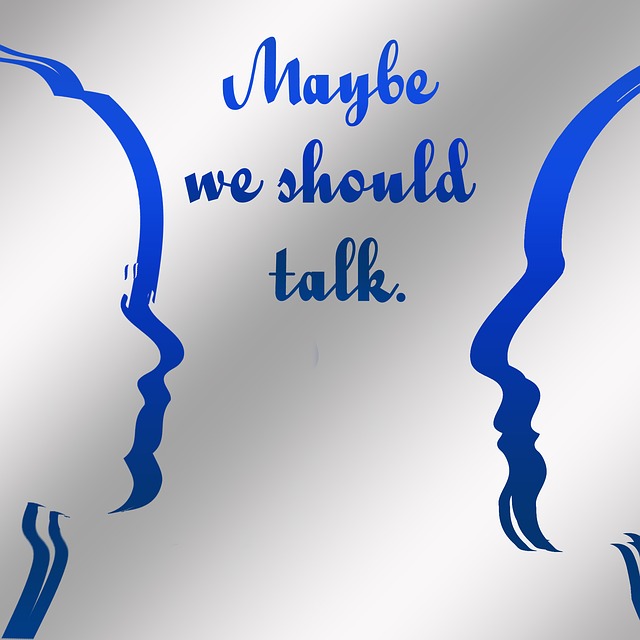One of the realities of human existence is that we all have blind spots – what others see in our words and action but we can’t see ourselves. Our blind spots may be obvious to other people who can see patterns in our behaviour. The problem is that we can never eradicate our blind spots completely but we can learn to identify them and learn to better manage our responses – to effectively reduce the hurt to others and to ourselves.
Kelly Boys, author of The Blind Spot Effect: How to Stop Missing What’s Right in Front of You, suggests that our blind spots have a number of dimensions:
- Visual– we actually have a physical blind spot in our eyes. You can check out your physical blind spot in each of your eyes through this link.
- Attentional – we can suffer from an attentional blind spot because of our lack of ability to truly focus. Daniel Goleman suggests that the capacity to focus involves the triad of awareness – focus on ourselves, focus on others and focus on the wider context.
- Cognitive – these are the fixed thoughts we carry about the world and ourselves in the world – “I’m not good enough”, “The world is not safe”. These may have worked for us over time but will lead us to diminish ourselves and devalue the energy and support of others. Cognitive blind spots can cut us off from experiencing the world as it is and limit our opportunities.
- Behavioural– we may be totally oblivious to persistent patterns in our behaviour that are very obvious to others. It may be the way we respond to criticism or attempt to please others all the time -what Harriet Braiker calls, The Disease to Please.
Identifying the core blind spot
Kelly, in her interview with Tami Simon, offered a simple exercise to help people identify their core blind spot – “the way we hold our perception of ourselves and the world around us together”. Identifying the core, which often relates to a sense of separateness, can lead to a major transformation in our lives.
Kelly suggests that being still and open to the present moment is a key way to access our blind spots and to understand the underlying pattern in our perceptual, cognitive and behavioural responses. In the exercise she led during the interview she encouraged people to become grounded; be open to, and aware of, their senses (sound, sight, breath) and to notice any tension, tightness or contraction in their body. Staying with this bodily feeling is a way into understanding the underlying blind spot – “Where does this tension come from?’ “What am I saying to myself about my looks or capacity?’ “How am I perceiving the world or the actions of others?” “How am I planning to respond – why?”
As we persist with this kind of exercise, where we use our bodily awareness as the gateway to our blind spots, we can delve deeper into our core blind spot and open up the way to respond very differently – we can better understand our reactivity in certain situations and increase our response ability. This self-awareness and self-regulation are key outcomes of mindfulness practice.
As we grow in mindfulness we begin to recognise patterns in our thoughts and behaviour and what we pay attention to. If we persist in the relevant mindfulness exercise, we will come to understand our core blind spot. This growing realisation opens up new possibilities for us as we free ourselves from the limitations in our perceptions and responsiveness that arise through our blind spots.
By Ron Passfield – Copyright (Creative Commons license, Attribution–Non Commercial–No Derivatives)
Image source: courtesy of pixel2013 on Pixabay
Disclosure: If you purchase a product through this site, I may earn a commission which will help to pay for the site, the associated Meetup group and the resources to support the blog.









